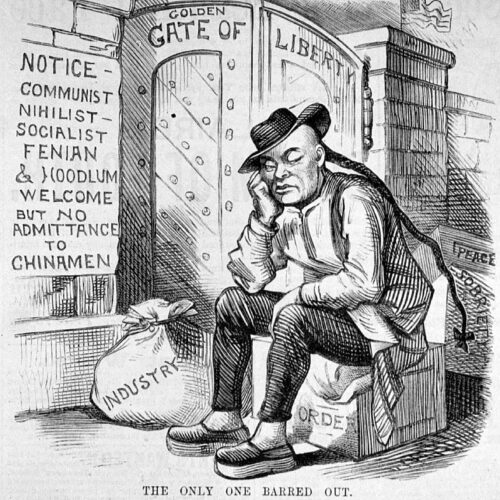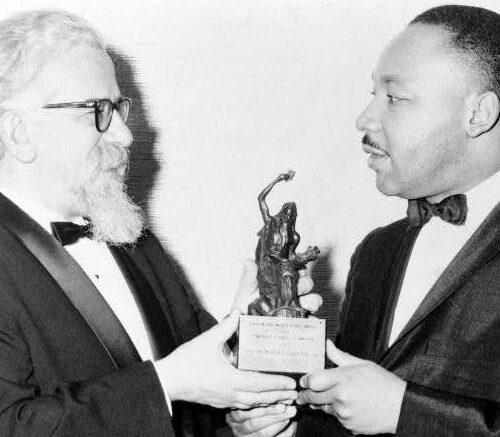Lessons
To Bigotry No Sanction: Religious Liberty in the United States

State standards
Results
Length: 60-120 minutes | Grades: 6-12 | Themes: democratic values
Lesson Overview
Religious liberty has been a defining feature of American democracy, offering historically persecuted communities, like Jews and others, a chance to live and practice their faith more openly than ever before. Among them were Sephardic Jews escaping forced conversion and persecution in Spain and Portugal. Though intolerance still existed in many colonies, places like Rhode Island began to plant the seeds of true religious toleration. After the American Revolution, there was hope, but also uncertainty, about whether the new government would fully protect this right. For many Jewish immigrants, the early years of the United States represented both opportunity and risk. Today, religious liberty remains a vital but contested part of American life, as diverse communities continue to navigate the balance between legal rights and cultural acceptance.
In this lesson, students will take a closer look at how religious freedom has taken shape throughout U.S. history and into the 21st century. Using original documents and working together in discussion and inquiry, they will explore moments when religious liberty was protected, and times when it was tested. Along the way, students will learn how different communities, including Jews, Catholics, and Muslims, have actively fought to defend and expand their rights to worship and live according to their beliefs. The lesson highlights both the challenges and the resilience of these groups in shaping what religious freedom means in America.
Enduring Understanding
Religious liberty is a revolutionary yet contested feature of American civil society.
Religious liberty has benefited Jewish and other religious minorities throughout American history.
The ideal of religious liberty has been repeatedly challenged and upheld throughout American history
Essential Questions
What is religious liberty and why is it a revolutionary political idea?
What is the value of religious liberty in a pluralistic and democratic American society?
How has religious liberty been upheld and challenged throughout American history?
Learning Objectives
Students will be able to interpret and make claims about religious liberty in the United States by analyzing a variety of primary source documents.
Students will be able to reach informed conclusions about the history of religious liberty through discussion with classmates.
Students will be able to describe the ways religious liberty and challenges to it have impacted Jewish and other religious communities throughout the United States.
Toolkit
-
Religious Liberty in the United States lesson plan
-
Religious Liberty in the United States slide deck
-
Keeping the Peace While Keeping Her Faith film
-
Religious Liberty in the United States T-Chart handout
-
Seixas-Washington handout
-
Religious Liberty in United States History handout





